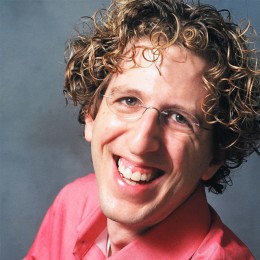Animation and CGI Motion I
Build expertise in creating lifelike and physically-based animations in this graduate-level course, exploring fundamental factors and techniques used in successful animated films.
Modules/Weeks
Weekly Effort
Discipline
School
Format
Cost
Course Description
- Create realistic animations through a focus on technical aspects of CGI animation.
- Gain insight into studio approaches for physically-based animation, enhancing believability in animated films.
- Apply knowledge to solve real-world animation problems through engaging activities, quizzes, and assignments.
- Develop a thorough understanding of principles and techniques for lifelike CGI motion animations.
Course Prerequisites
- Strong foundation in multi-variable calculus and linear algebra
- Proficiency in programming in C++
- Experience navigating a large codebase
What You Will Learn
By the end of this course, learners will be able to:
Demonstrate a thorough understanding of the technical aspects of CGI animation, including configuration space, forces, time integration, and electron clouds.
Apply the knowledge acquired to create realistic and lifelike animations.
Implement continuous time detection, iterated collision response, and geometric collision response techniques in their animations.
Utilize broad phase collision detection techniques such as bounding volumes and hierarchies to optimize animation workflows.
Course Outline
Module 1: Configuration space, velocity, state, Hamiltonian vector field and flow
Module 2: Forces
Module 3: Time integration: implicit Euler
Module 4: Electron clouds, billiard balls, distances and potential reduction
Module 5: Continuous time detection, iterated collision response
Module 6: Broad phase collision detection (bounding volumes)
Instructors

Dr. Eitan Grinspun designs computer graphics algorithms that address a broad range of geometric and physical problems, such as predicting the motion and deformation of materials, processing of 3D geometric data, and interactive tools for engineering design. He is particularly interested in applying geometric insights in computation, and in discrete differential geometry as a language for discovering and codifying such insights.
Please note that there are no instructors or course assistants actively monitoring this course.
